There are subtle differences in the aromas and flavours… and chemical compositions of the two wines.
The Cabernet Francs are both from the 2020 vintage, which produced wines with high acidity. The grapes were handpicked at the same time from the same vineyard in the Villány wine region, in the southwest of Hungary (the country’s warmest and sunniest spot).
They were also fermented together in stainless steel. The only difference is the ageing vessel. One portion went into a 230L clay jar for ten months; the other went into 225L barriques (one French and two Hungarian oak) for 11 months.
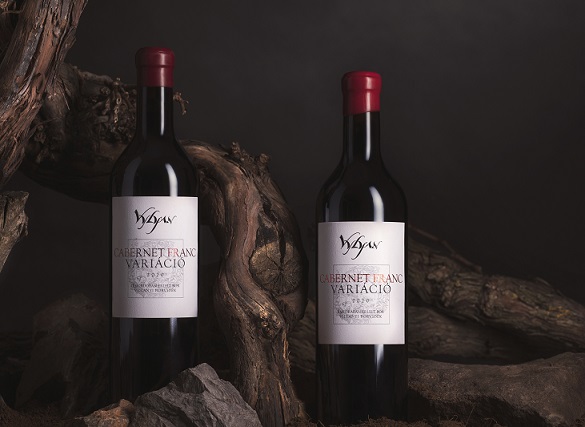
The Cabernet Franc duo has been released in one pack as part of the winery’s Variations range, which started in May 2021 with a barrel-aged rosé followed by an amphora-aged Syrah.
Janka Debreczeni, daughter of Vylyan owner Mónika and late founder Pál Debreczeni, has joined the winemaking team and believes the amphora gives a truer expression of the terroir while the barriques add roundness and notes associated with oak.
She says: “It is very exciting to compare the two wines. In the amphora-aged Cabernet Franc, the terroir of Villány appears in its unbleached reality, while in the barrel-aged, the wood also adds itself, making the whole wine round.”
Janka describes the main aromas and flavours of the amphora-aged wine as “ripe, fresh as well as freshly dried cherries, cornel (dogwood) and dark chocolate”. She also says this wine has a “soft, almost clayey character, which… makes the sip round and balanced. Nothing stands out, its mature tannins blending into the balance of the wine”.
With the oak-aged wine, she says you can also notice cedar aromas, “topped with a little vanilla, coconut and rum”. She adds: “The sip is pleasantly pronounced thanks to the tannins, evoking blackberries, cherries and 60% dark chocolate. Its warm spiciness reminds us of cloves.”
“We love both wines very much,” she continues, “but they represent two separate worlds. We think the most exciting thing is to taste them at the same time, which is why we sell the two wines in one package.”
The chemical analysis from the Research Institute of Viticulture and Enology of the University of Pécs shows very subtle differences, but Janka says this probably has more to do with “measurement uncertainty”.
Amphora / Barrel
Relative density at 20°C: 0.9935 / 0.9929
Total alcoholic strength: 14.61% / 14.8%
Actual alcoholic strength: 14.46% / 14.72%
Total dry extract: 31.6g/L / 30.6g/L
Total sugar: 2.6g/L / 1.3g/L
Sugar-free extract: 29g/L / 29.3g/L
Total acidity: 5g/L / 5.1g/L
Volatile acidity: 0.57g/L / 0.61g/L
Total S02: 130mg/L / 131mg/L
Free sulphur dioxide: 27mg/L / 24mg/L
Ash: 2.82g/L / 2.79g/L
pH: 3.68 / 3.65
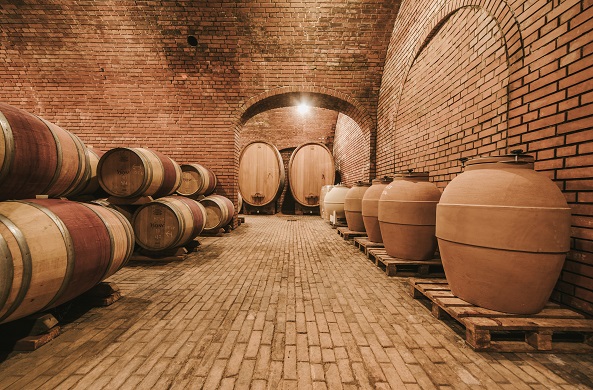
One other thing Janka has noticed: “Wines aged in amphorae open a little slower.” She recommends opening the bottle at least half an hour ahead of consumption.
Janka and Vylyan winemaker Sándor Tóth plan to monitor the bottled wines over the coming years. “We are very curious about how the two wines will mature in the bottle,” Janka says, “what their lifespan will be, what path they will take in the future.”
She also points out it’s not just about the material but the way the wine “breathes”.
The porosity of the clay composition is about 2.5% and the pore size is less than 0.4 micron.
Hungarian Amphora Project
The amphora for Vylyan’s Variations project comes from experimental winemaker and ceramicist Pieter Leemans, who is based in nearby Pécs. Belgium-born Pieter has set up the Hungarian Amphora Project (THAP) with fellow countryman Emanuel Van Melkebeke, who runs Roi des Rois, which imports artisan wines from Hungary and neighbouring countries, fresh truffles and wild mushrooms.The idea behind the project is to produce high-quality contemporary amphorae with consistent porosity for winemakers and brewers. The amphorae can be custom made but the current line-up comprises 230 and 500L vessels, with a 550L fermentation vat “coming soon”.
Pieter, whose Terra Ungheria company was making terracotta products for Domani before setting up THAP, says: “The fineness of the pores in our amphorae limits the development of micro-organisms in the material and makes it easy to clean. Even red wine is not really staining the interior of the terracotta products so they can be used alternately for making red and white wine.”
He also points out the inner surface of the amphora is quite rough “and this plays also a role in the development of the wine”.
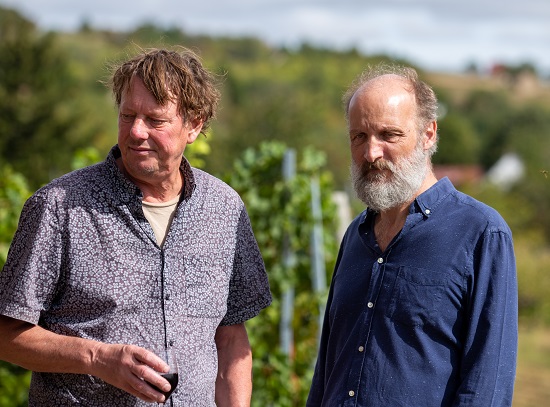
Pieter (above, right) has been making wine in Hungary for more than 20 years and teamed up with another winelover, Jurgen Maeijer (left) from the Netherlands, to form Maeijer & Leemans, a winery based in what they describe as “the oldest wine cellar in Pécs”. Traditionally, their red wines were fermented in stainless-steel tanks and transferred to oak barrels for ageing, while the white wines were produced using reductive technology. Now, they too are using Pieter’s amphorae.
At the Hungarian Wine Summit in Budapest last month, Jurgen introduced me to these two wines:
- Welschriesling Amphora 2020. The juice is fermented at 20°C degrees in the cellar, using native yeasts and no skin contact. The fermentation lasted seven weeks. The wine remained on lees for another 16 weeks, with frequent bâtonnage. Then the wine was racked off the lees, while the amphorae were cleaned using hot water. The clear wine went back into the clean amphorae for a total maturation time of seven months. The wine was then bottled with a small addition of SO2.
- Kékfrankos Amphora 2020. The crushed grapes went into amphorae for four months, with the fermentation started by a pied de cuve. After MLF and the extended maceration, the skins were pressed and the clear wine returned to a clean amphora for a further eight months.
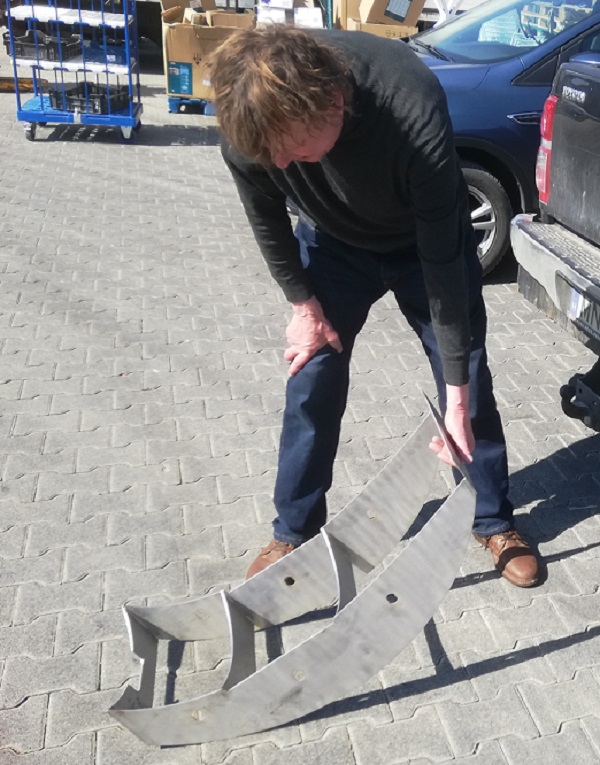
Jurgen described the amphora, which is made using German clay, as a “natural neutral material” and claimed its micro-oxygenation performance enhances the grape’s natural flavours and aromas.


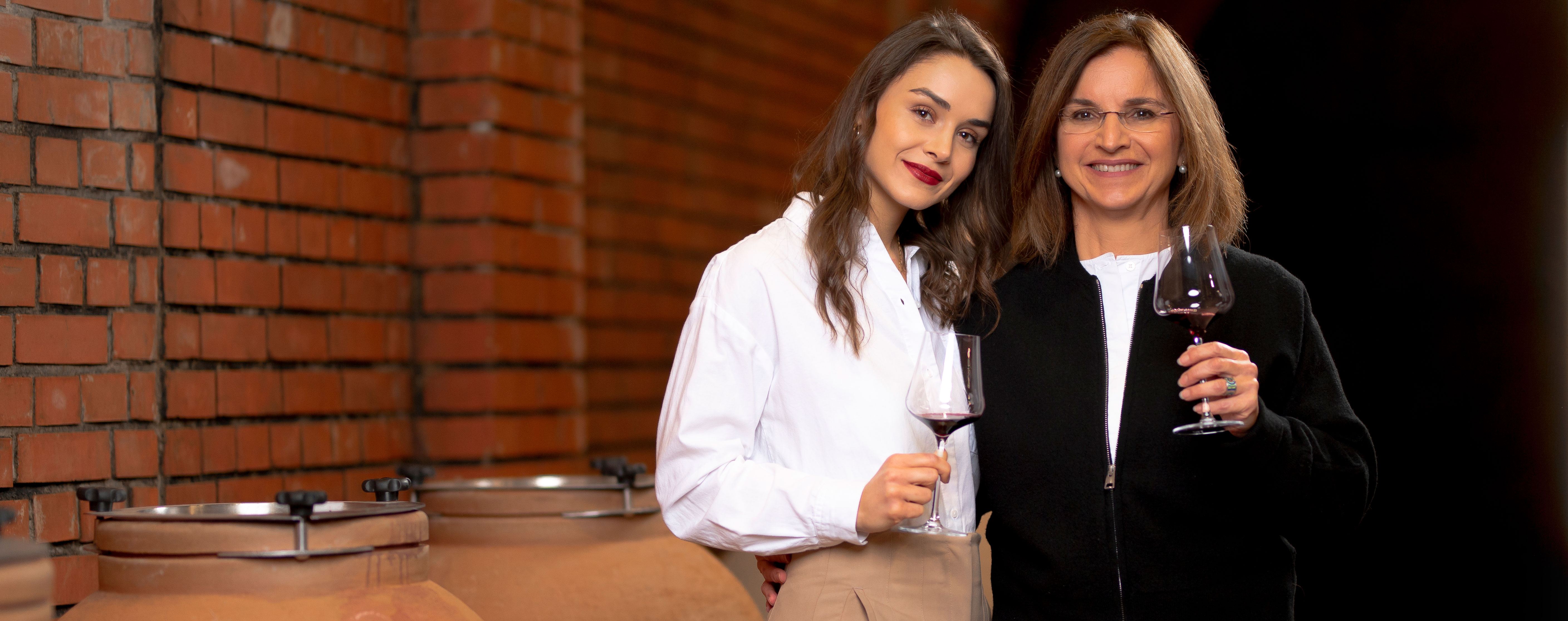










.png)






